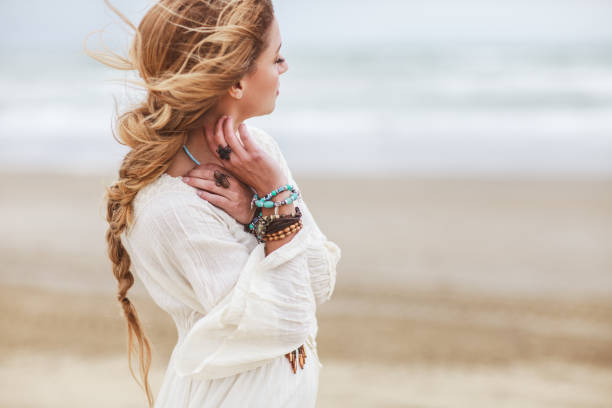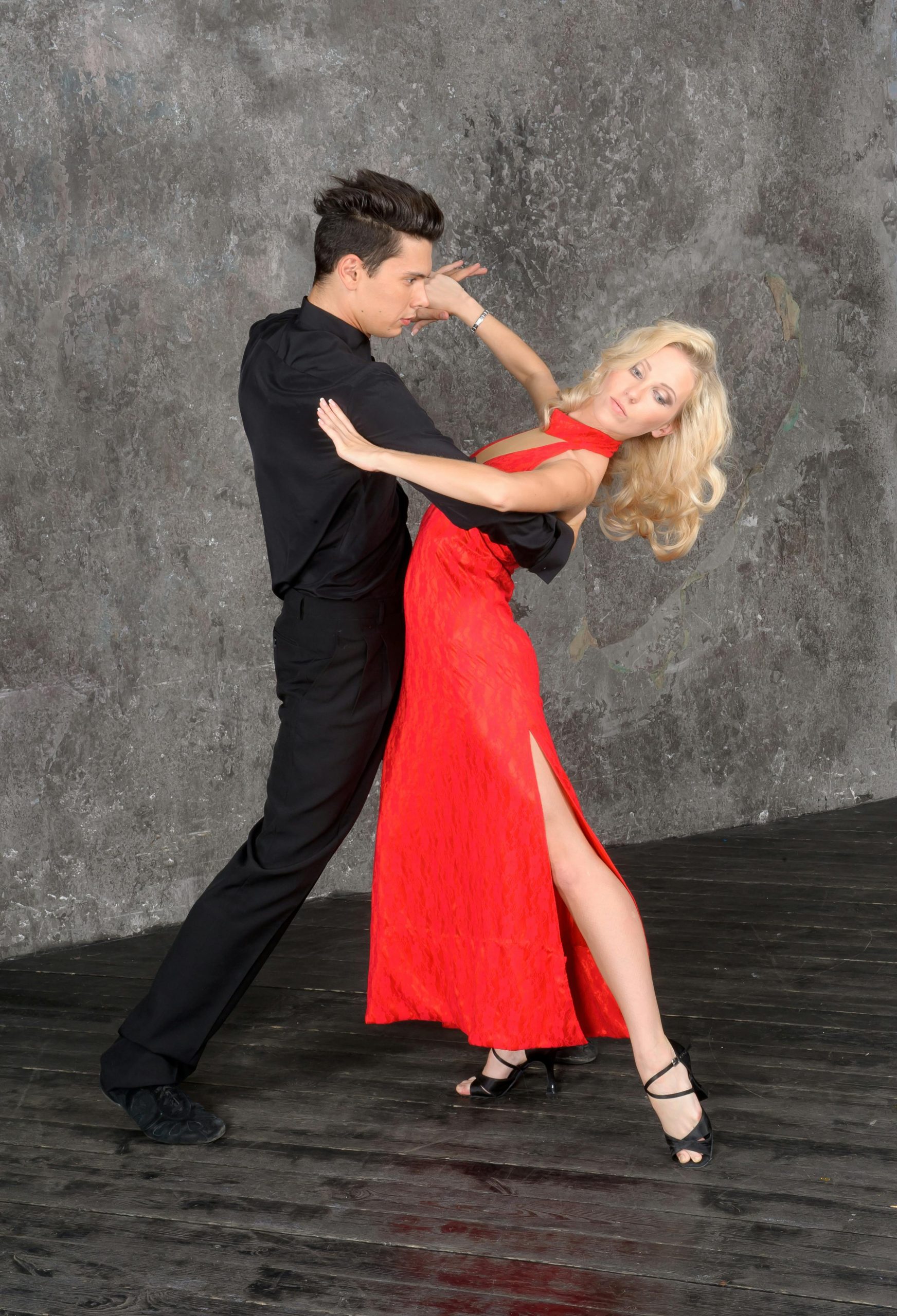Introduction:
Boho, short for Bohemian, is more than just a fashion trend; it’s a cultural phenomenon that represents a lifestyle of freedom, creativity, and non-conformity. Rooted in the late 1960s and 1970s hippie movement, Boho fashion embodies the essence of artistic expression, merging various influences from around the globe to create a look that is as free-spirited as the individuals who wear it. This article explores the enduring appeal of Boho fashion, its key characteristics, and how it continues to evolve and resonate with people across generations.

The Spirit of Boho Fashion:
Boho fashion is characterized by its emphasis on natural fabrics, earthy tones, and intricate patterns. It’s a harmonious blend of vintage and ethnic inspirations, evident in flowy silhouettes, vibrant prints, and an abundance of accessories. The Boho style is versatile, often seen in casual, festival, and even elegant attire, making it adaptable to various occasions and personal tastes.
Key Elements of Boho Fashion:
- Natural Fabrics: Linen, cotton, silk, and leather are staples of the Boho wardrobe, chosen for their comfort, sustainability, and organic feel.
- Earthy Tones and Vibrant Prints: From subdued earth tones to rich, vibrant patterns, Boho fashion embraces a wide palette, often inspired by natural landscapes and cultural motifs.
- Flowy Silhouettes: Maxi dresses, wide-legged pants, and oversized tops are quintessential Boho, designed to convey a sense of freedom and ease.
- Layering: The Boho look often involves layering multiple pieces, including kimonos, vests, and scarves, to create a textured and dynamic ensemble.
- Accessories: Boho fashion is renowned for its use of accessories, including statement jewelry, wide-brimmed hats, fringed bags, and ankle boots. These elements add personality and depth to the Boho look.
The Evolution of Boho Fashion:
While the roots of Boho fashion are deeply entwined with the hippie culture of the ’60s and ’70s, it has undergone various transformations over the decades. The early 2000s saw a resurgence of the Boho chic trend, with celebrities and fashion icons adopting and adapting the style for the modern era. Today, Boho fashion continues to evolve, incorporating contemporary elements like minimalistic designs and sustainable practices, which appeal to a new generation of fashion-forward individuals.
Why Boho Fashion Endures:
- Expression of Individuality: At its core, Boho fashion is about expressing one’s unique identity and creativity. Its eclectic nature allows individuals to mix and match pieces in a way that reflects their personal style.
- Emphasis on Comfort: The flowy, natural fabrics associated with Boho fashion are not only aesthetically pleasing but also comfortable to wear, making it a practical choice for everyday attire.
- Sustainability: With a growing awareness of the environmental impact of fashion, the Boho trend’s emphasis on natural fabrics and vintage pieces resonates with eco-conscious consumers.
- Cultural Fusion: Boho fashion’s incorporation of global influences makes it a celebration of cultural diversity and inclusivity.
Conclusion:
Boho fashion is more than a fleeting trend; it’s a testament to the enduring appeal of a lifestyle that values freedom, creativity, and harmony with nature. Its ability to adapt and evolve while staying true to its core principles is why it continues to capture the hearts of those who seek to express their individuality through their attire. As we move forward, Boho fashion remains a symbol of a free-spirited approach to life, inviting us to embrace the beauty of diversity and the joy of self-expression in our everyday lives.
In embracing the Boho fashion trend, individuals not only make a statement about their personal style but also connect with a broader cultural movement that celebrates artistic expression, environmental consciousness, and a boundless sense of freedom.

